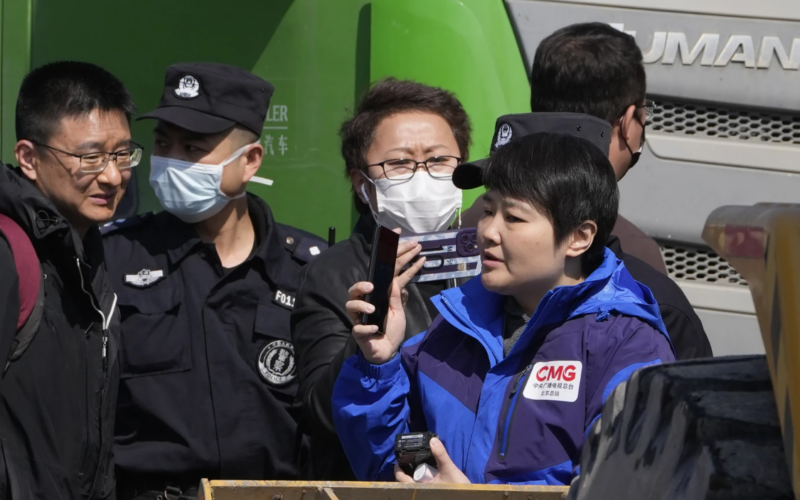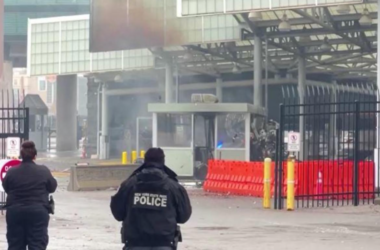In a rare move, a Chinese state media organization has publicly denounced instances of police harassment at the location of a recent deadly blast, signaling a departure from the usual narrative control exercised by the authorities. The condemnation comes amidst growing scrutiny over the handling of the incident and raises questions about the accountability of law enforcement agencies in China.
The explosion, which occurred at a chemical plant in a densely populated area, resulted in multiple casualties and widespread damage. In the aftermath of the tragedy, residents and local activists gathered at the site to demand answers and accountability from the authorities. However, instead of addressing their concerns, reports emerged of police harassment and intimidation directed towards those seeking information and justice.
The decision by a Chinese state media body to condemn police harassment is significant given the government’s tight control over the media landscape and its propensity to suppress dissenting voices. While state media outlets typically align with the official narrative propagated by the ruling Communist Party, this instance of public criticism suggests a degree of internal dissent or acknowledgment of wrongdoing within the state apparatus.
The condemnation of police harassment at the site of the deadly blast reflects broader tensions between the Chinese government’s desire to maintain stability and control and the growing demands for transparency and accountability from an increasingly vocal and assertive citizenry. In recent years, incidents of public outrage and protest have become more common in China, fueled by grievances over issues such as environmental pollution, workplace safety, and social injustice.
Moreover, the condemnation by a state media entity underscores the complexity of China’s media landscape and the diverse array of voices and perspectives that exist within it. While the government maintains strict censorship and control over traditional media outlets, including newspapers, television, and radio, the rise of social media and digital platforms has provided avenues for alternative viewpoints to emerge and gain traction.
Despite the condemnation of police harassment, questions remain about the government’s willingness to address the underlying issues that led to the explosion and the subsequent handling of the aftermath. Critics argue that the government’s focus on maintaining stability and suppressing dissent often takes precedence over addressing systemic problems such as lax safety regulations, inadequate oversight, and corporate negligence.
The incident also highlights the challenges faced by journalists and media professionals in China who seek to report objectively and hold the government accountable. Press freedom in China is severely curtailed, with journalists subject to strict censorship, surveillance, and harassment. Those who dare to challenge the official narrative or report on sensitive topics risk retaliation, including imprisonment, censorship, and loss of employment.
In conclusion, the condemnation of police harassment by a Chinese state media body in the aftermath of a deadly blast represents a rare instance of dissent within the tightly controlled media landscape of China. The incident underscores the growing tensions between the government’s desire for stability and control and the demands of an increasingly assertive citizenry for transparency, accountability, and justice. However, questions remain about the government’s willingness to address the underlying issues that led to the tragedy and its commitment to upholding the rights and freedoms of its citizens, including the freedom of the press.








